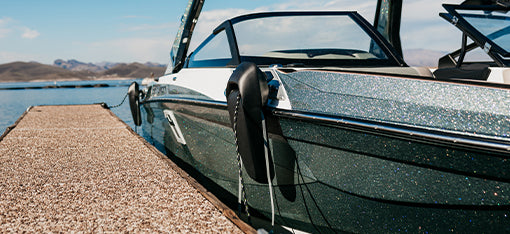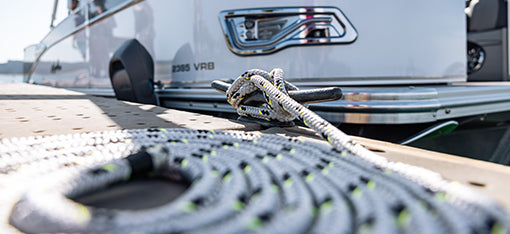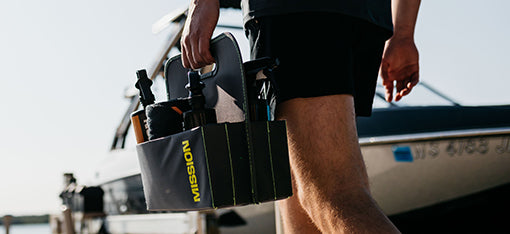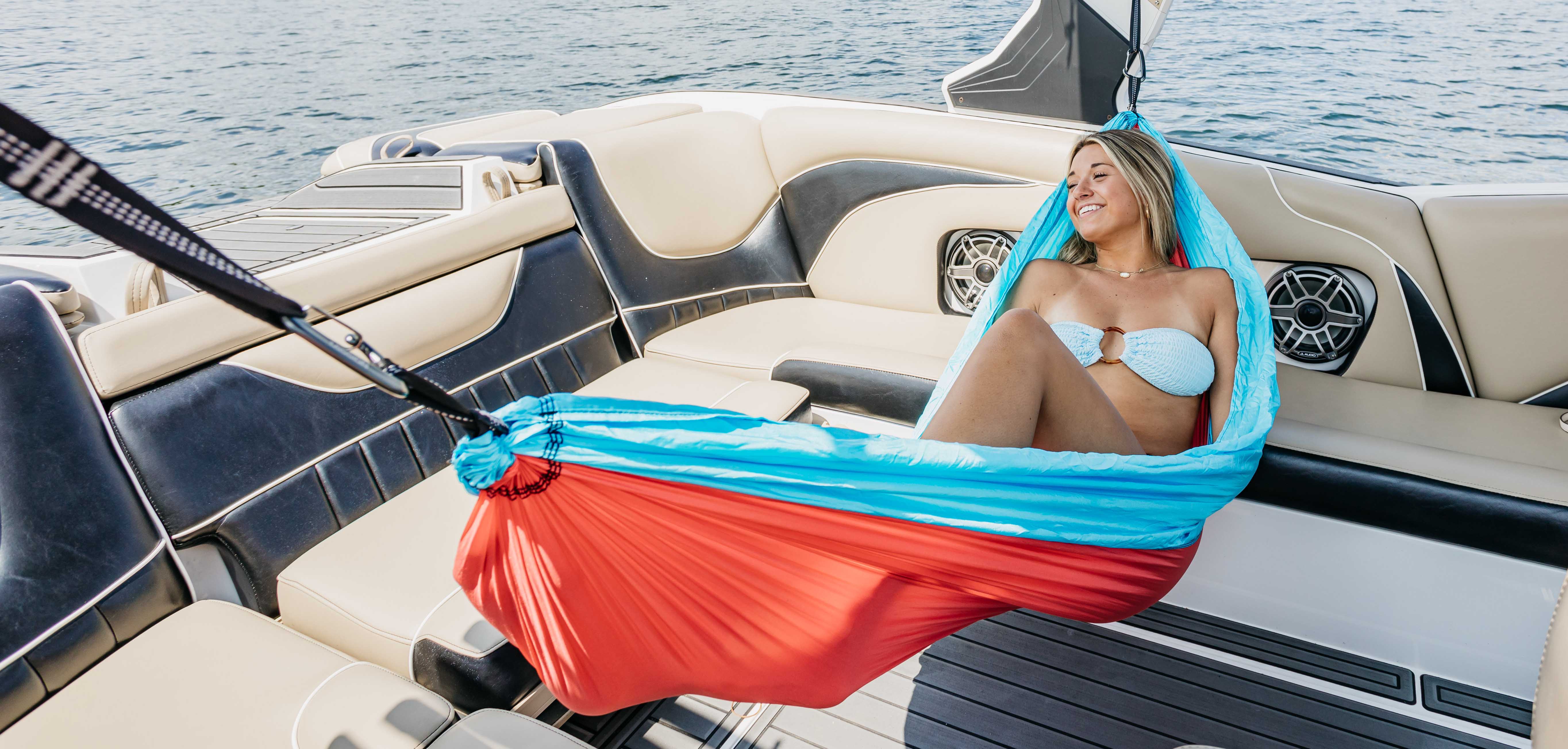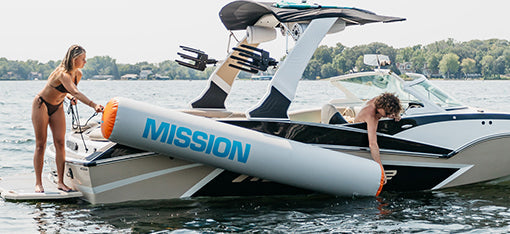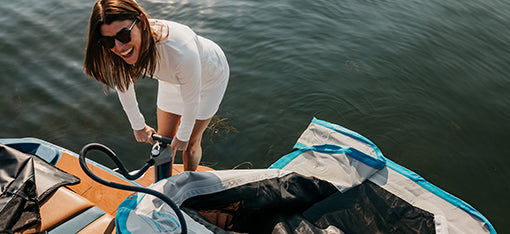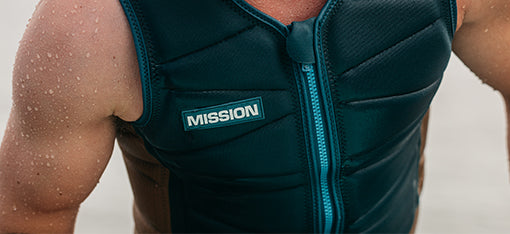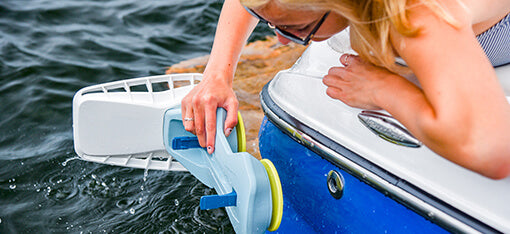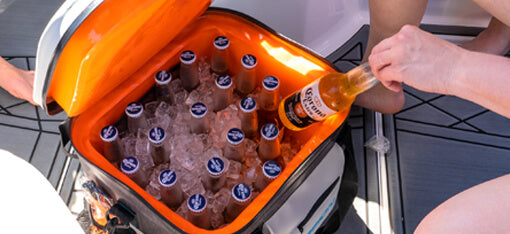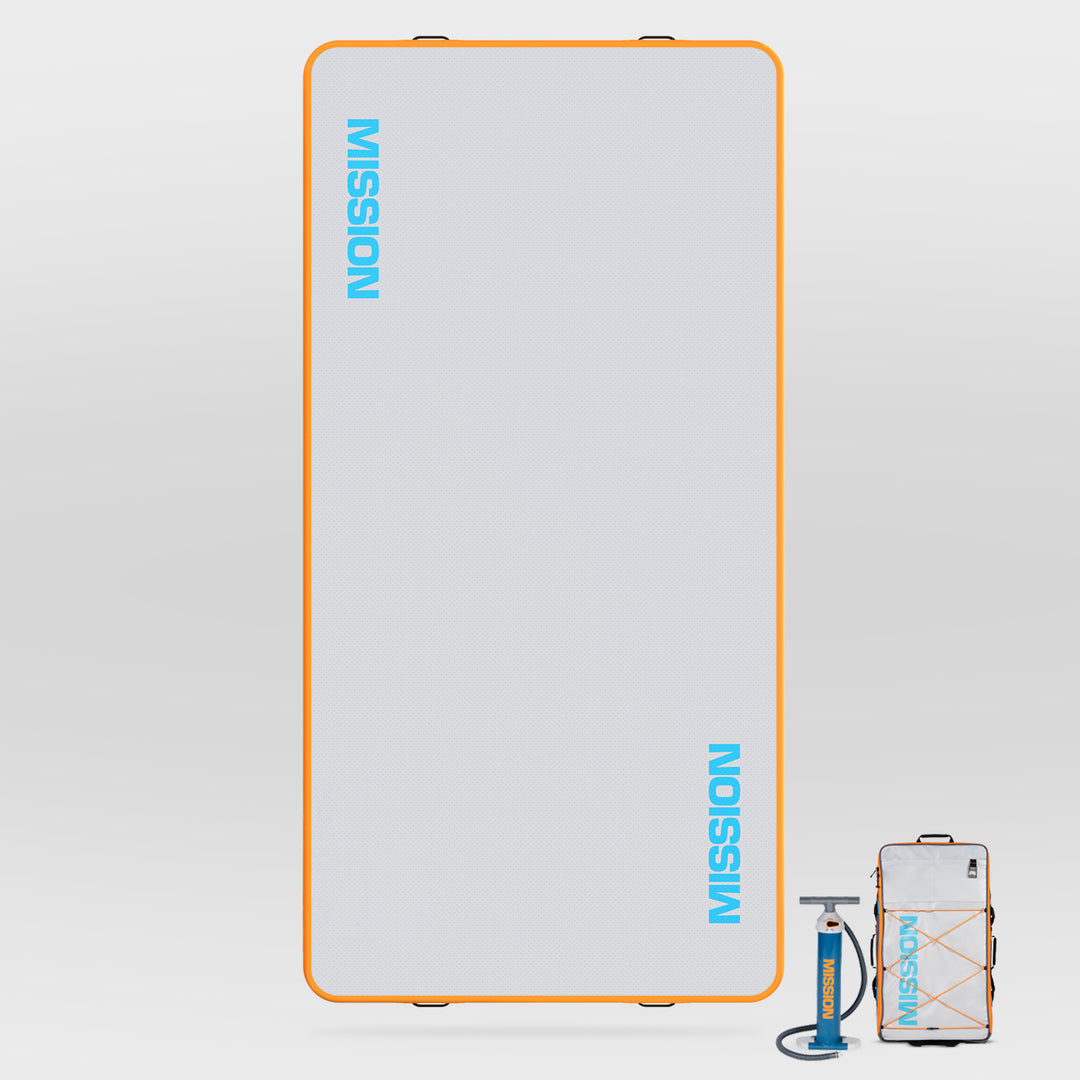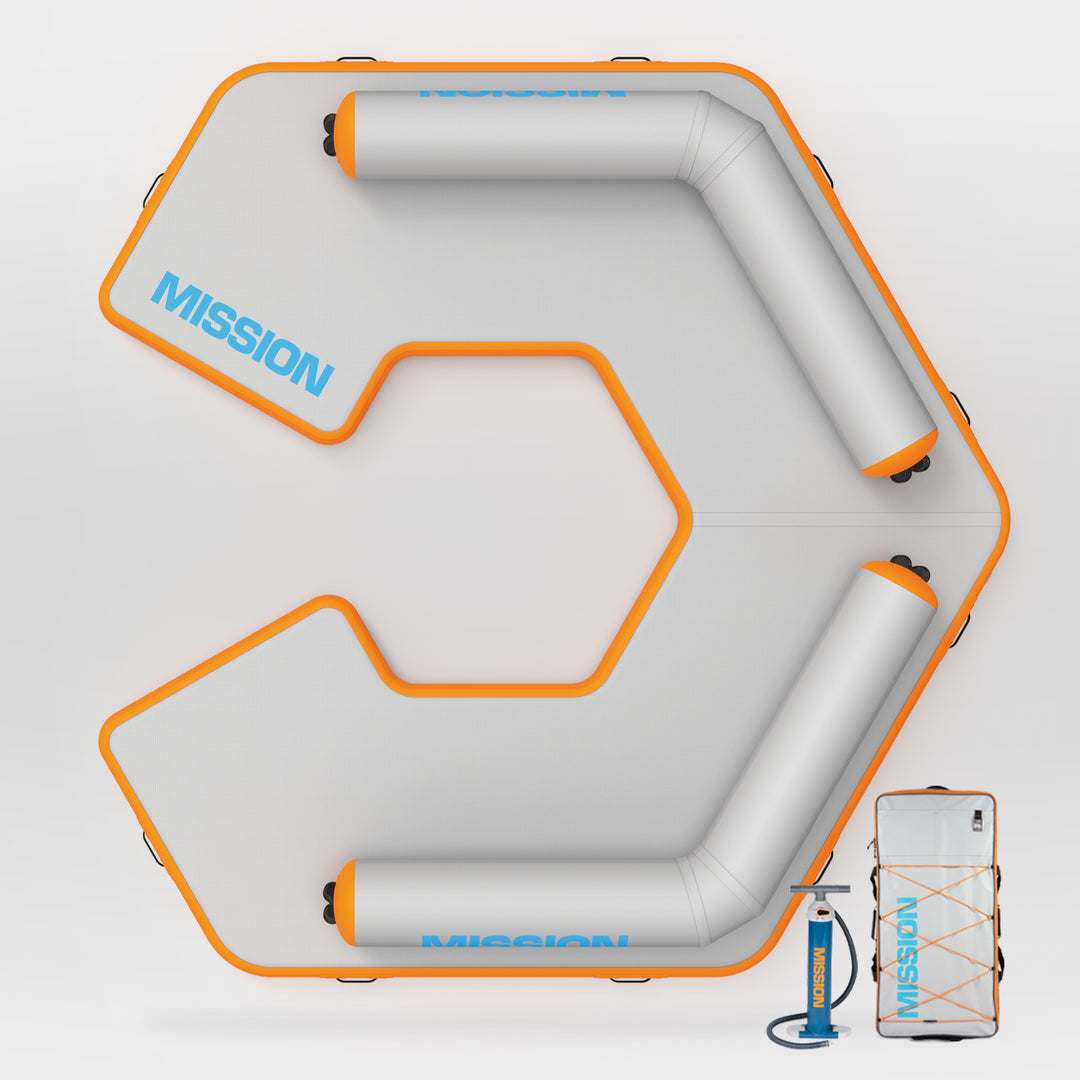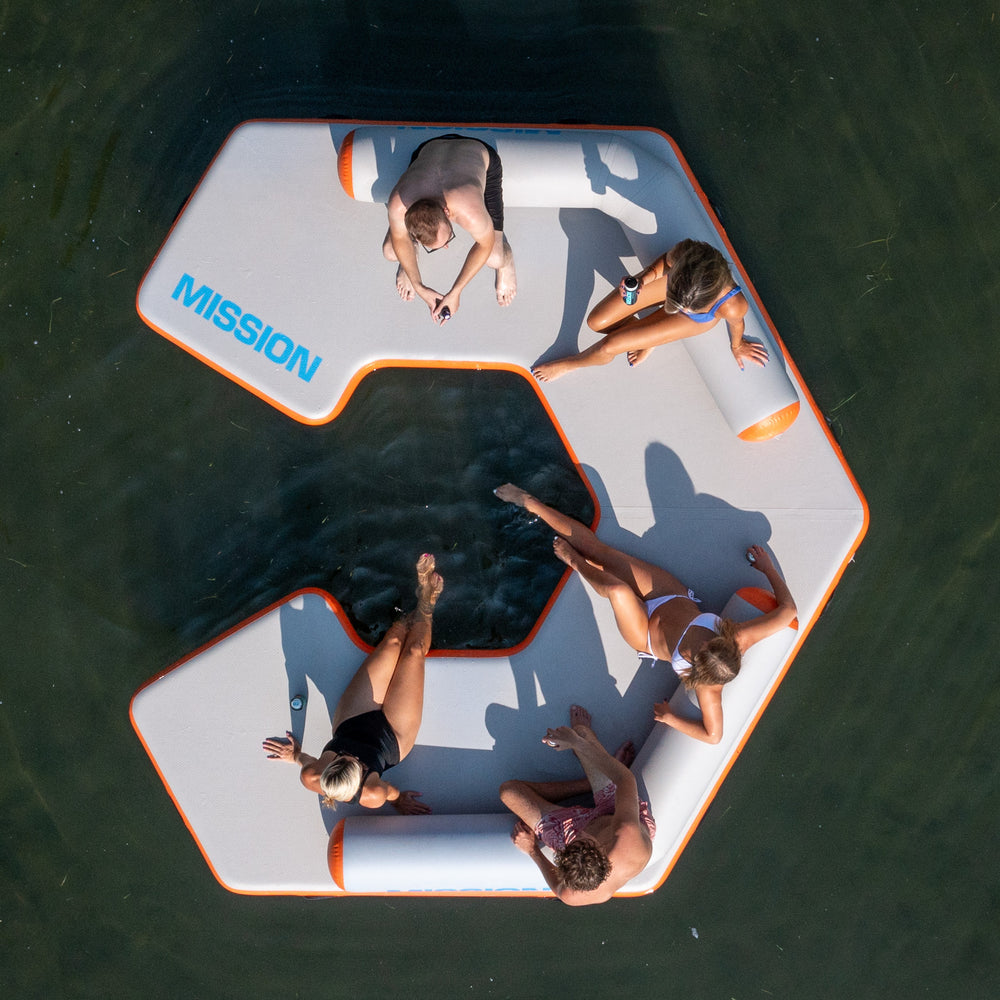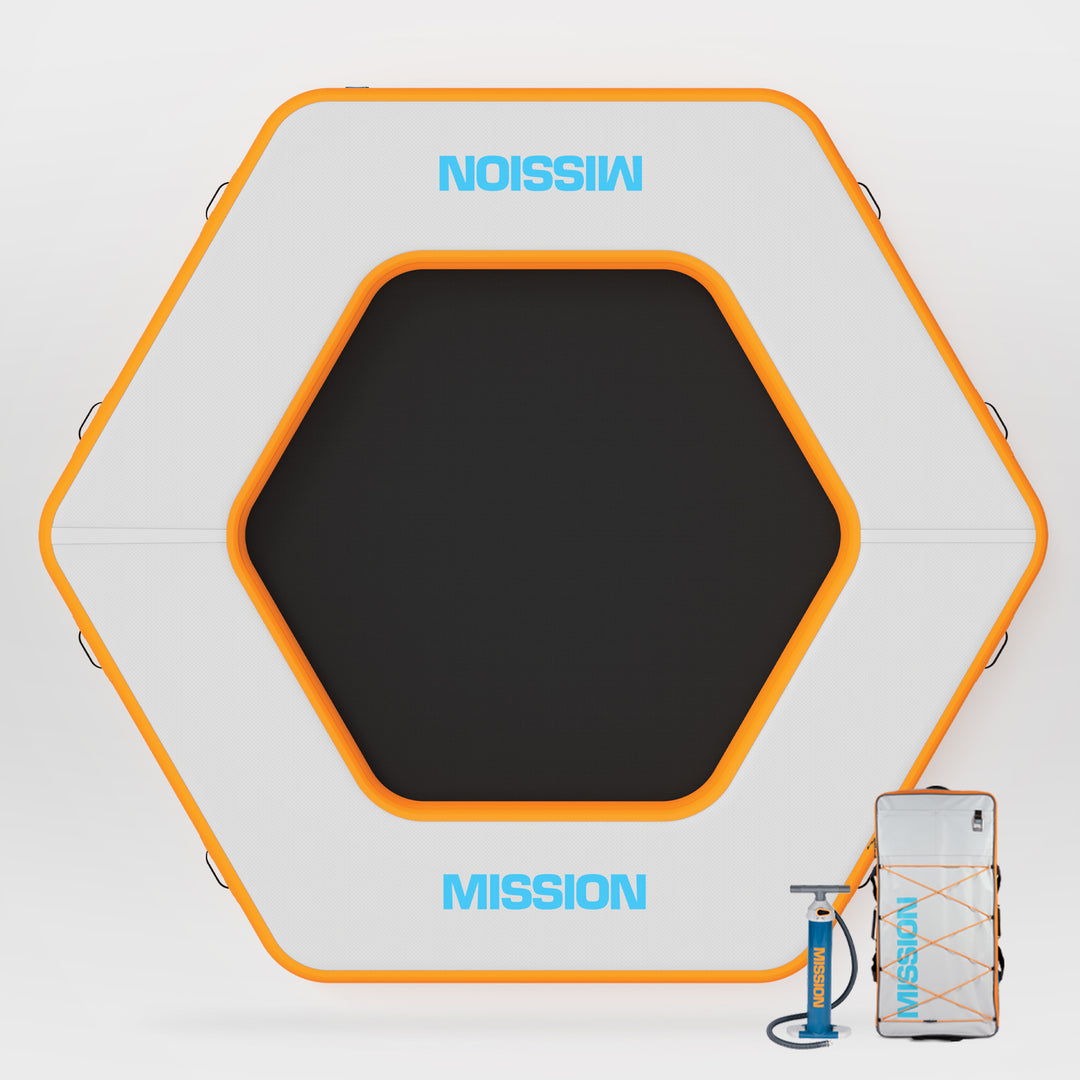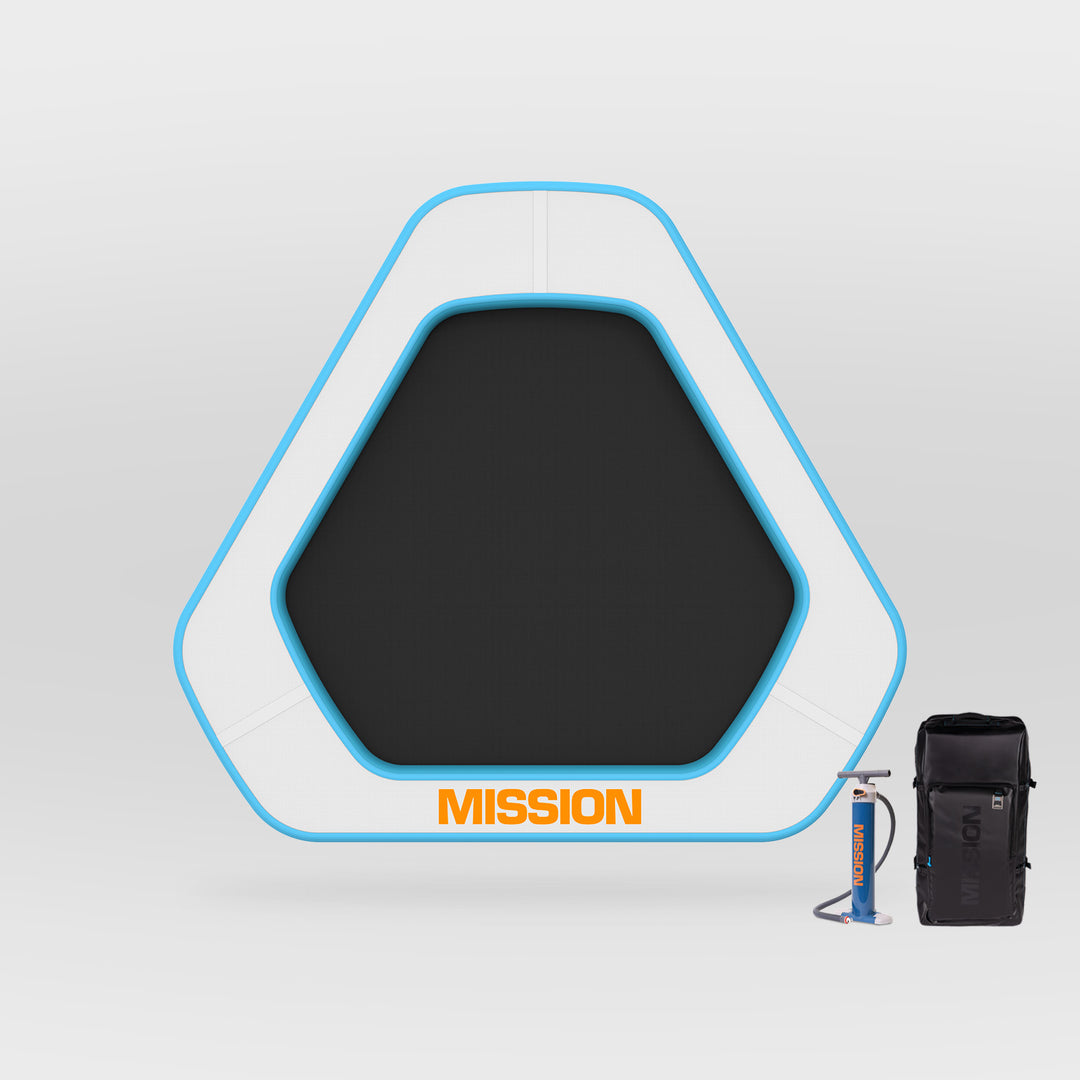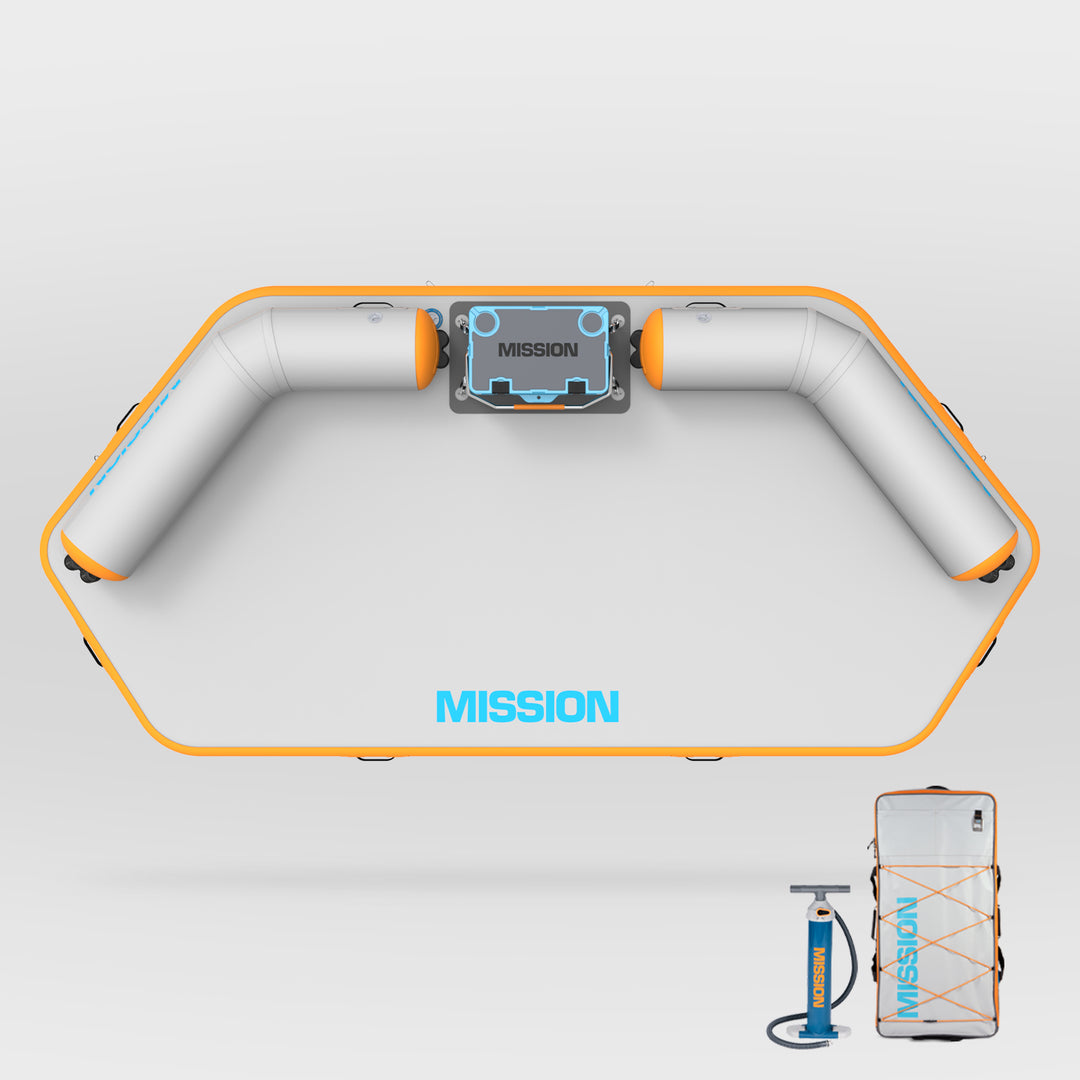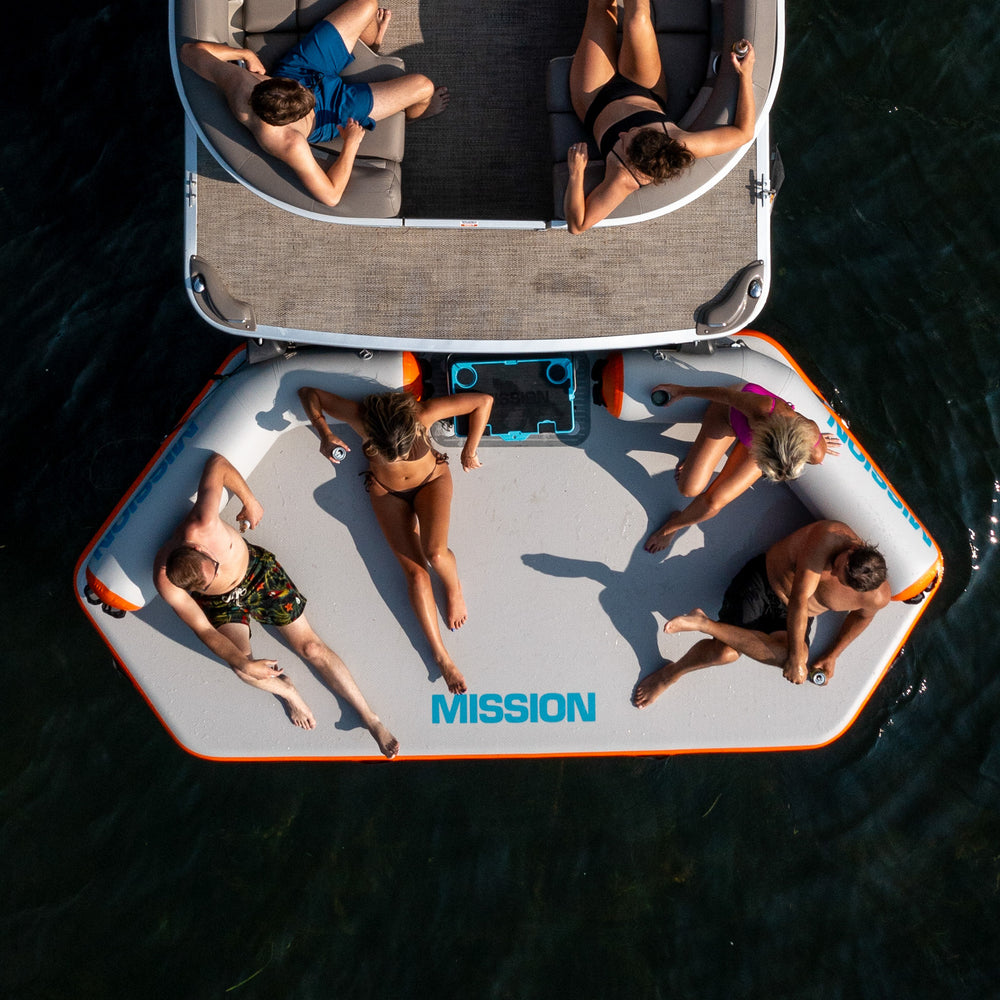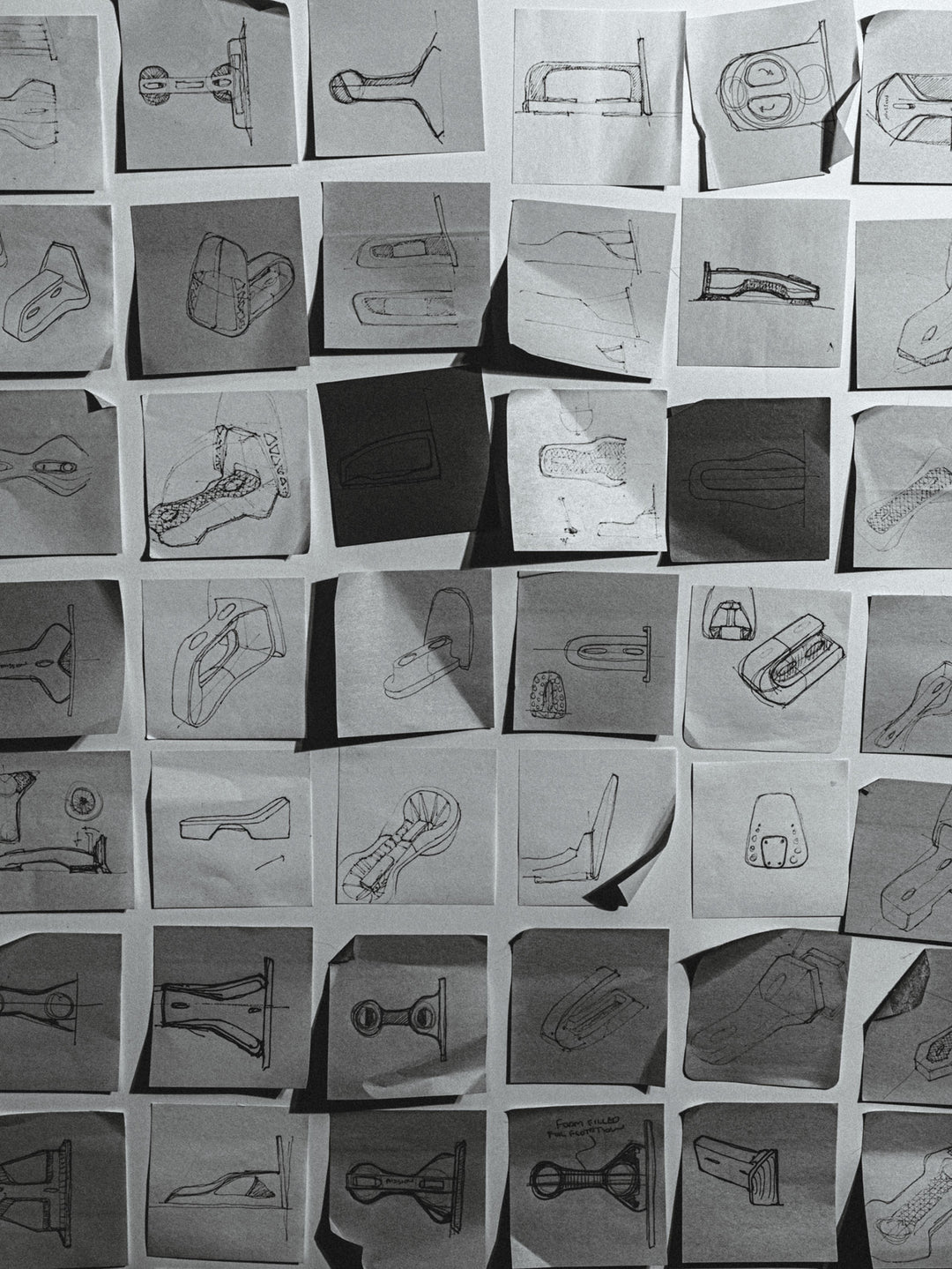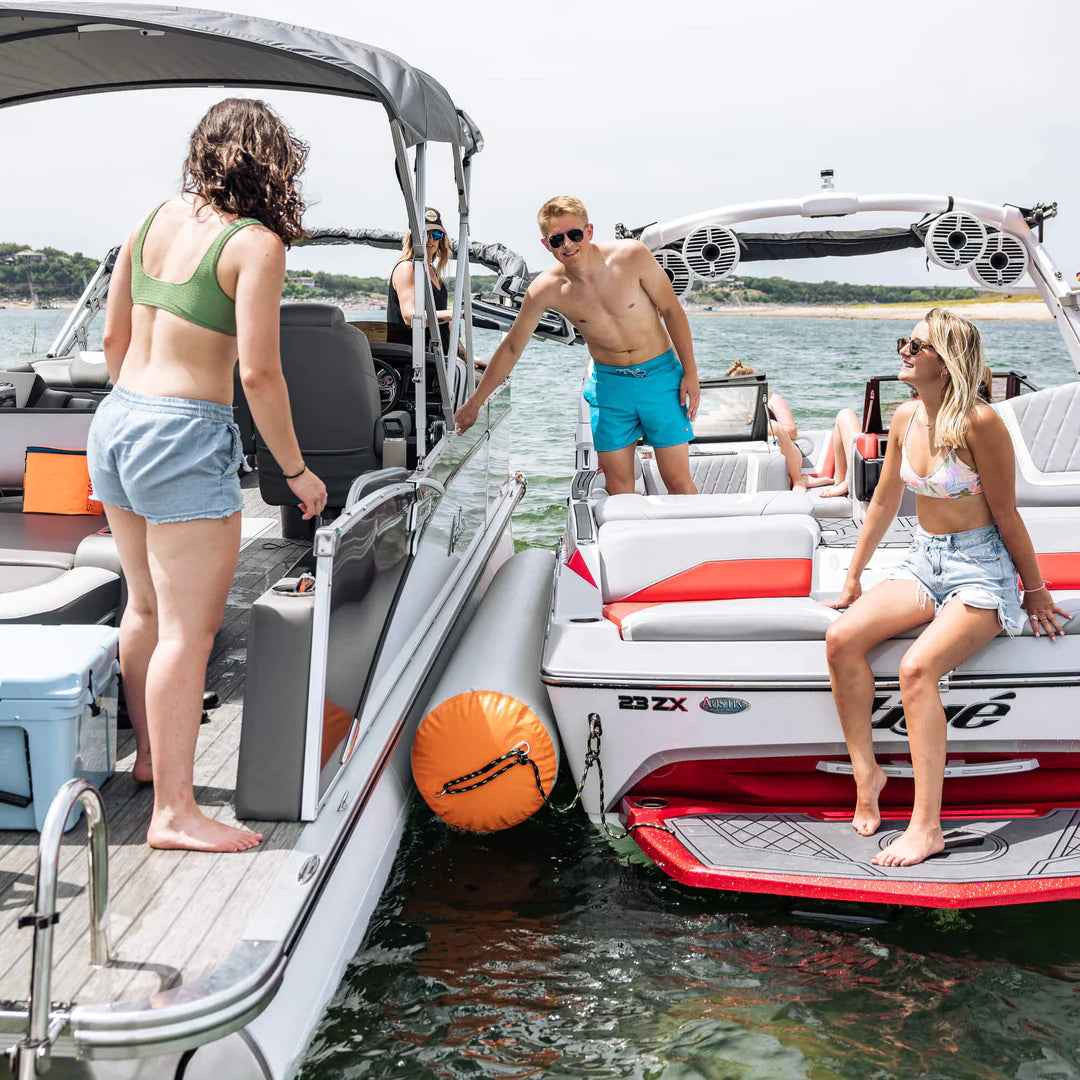17 Helpful Tips About the Winterization of Your Inboard Boat | Checklist
Unless you’re lucky enough to live in a climate that allows for year-round boating, or you’re just really hardcore, the boating season must eventually come to an end. For those of us in the bold north, that comes a little earlier than we’d like and that means it’s time to start thinking about the dreaded day when our boats come out of the water and go onto the shelf for hibernation.
Keep in mind, this is not a comprehensive guide to winterizing your boat. Some of you may simply prefer to call up your local marine service center, write a check, and wait for the snow to thaw – which is perfectly fine – but this list of tips will help you identify maintenance items to address with the mechanic. If you’re a boat owner who’s looking to tackle some of the hard work yourself, this checklist will get you on your way.
The winterization process varies from boat to boat, so don’t expect an all-encompassing “How-To Guide” to follow. And since the majority of MISSION customers and wakesurfing enthusiasts are driving inboard boats, this blog will be geared toward that crowd.
ENGINE COMPARTMENT
Oil change
First thing’s first: always use the oil recommended in your boat’s owner’s manual. Failing to do so could void your warranty and cost you some serious $$$.
Even if you changed the oil recently, or if you haven’t hit the manufacturer’s run-time threshold, it’s always recommended to change your boat’s oil and filter at the end of every season to prevent any dirt or particles from building up in the system.
Transmission fluid
Again, follow your boat’s service manual for when to change the transmission fluid. Keep in mind that the more “experienced” your boat gets, the more frequently it may need a transmission flush.
The easiest way to remove old transmission fluid is with a drill pump or hand pump. Simply pull out as much of the old fluid as possible, then pour in the recommended amount of fresh fluid.
Fogging oil
Fogging oil applies a thin layer of anti-corrosion lubricant to the interior surfaces or your engine and carburetor to prevent moisture, dirt, and crud from building up and wreaking havoc during long-term storage.
If you’ve never fogged your engine before, here’s a great engine fogging how-to guide.
Inspect hoses and clamps
Compromised hoses and clamps can allow fluids to leak and moisture to enter your carefully prepared system. Check over all the hoses and connection points inside the engine compartment to make sure nothing is cracked or worn. Replace anything that needs attention and be sure to check everything again when the new season rolls around.
BATTERY
Inspection
First, check your battery for signs of wear or damage like cracks or corrosion around the terminals, bulges or cracks in the casing, or discoloration. If you notice anything out of the ordinary, it’s best to just replace it rather than risk a short circuit or exploding battery – battery acid is nasty stuff, don’t take chances.
Removal
Whether you need to replace it or just tend it over the offseason, be sure to remove your battery and store it in a warm, dry location. Never store your battery directly on concrete.
Tending
Use a trickle charger to keep your battery from fully discharging during the offseason. If your battery fully discharges, it may not be able to reach a full charge again. Likewise, overcharging your battery will boil off the fluid in the cells and possibly cause the battery to crack or explode.
We recommend consulting your battery manufacturer’s website or manual for proper storage guidelines.
COOLANT SYSTEM
If your boat has an open system, drain all the water from the block, manifolds, pumps, and hoses. If your boat has a closed system, drain all the water from the heat exchanger, pumps, and hoses.
If you’re curious, take a minute to learn about the difference between open and closed systems.
Next, you’ll want to fill the system with antifreeze. This process is similar to changing the oil. Drain the old coolant first, then fill the system with antifreeze. Now, which antifreeze to use is up to you. Depending on where you live, you may have to battle significantly colder temperatures, so be sure to use an antifreeze that’s up to the task and keep in mind that any water trapped in the system will dilute your antifreeze.
Always use RV or marine antifreeze if your boat utilizes a raw water cooling system. There’s some debate over using “car” antifreeze in boats that have a closed, freshwater cooling system but we like to err on the side of caution.
BALLAST SYSTEM
Drain all the water from your ballast tanks, pumps, and hoses. Then, partially fill the system with RV or marine antifreeze to prevent residual water from freezing and damaging any components. Be sure to BRIEFLY turn the pumps on to work the antifreeze through the internals. Don’t let the pumps fully expel the antifreeze.
BILGE SYSTEM
For some, it might be useful to scrub your bilge system with biodegradable soap and water to remove the gunk and grit that can clog things up and give odor-causing bacteria a place to hang out.
HULL
Bust out the pressure washer to blast off any gunk, grime, and aquatic hitchhikers (something you should already be doing if you trailer your boat to and from the water regularly), then inspect the hull for any signs of damage. If everything looks shipshape, give it a fresh coat of wax to keep it protected while in storage.
INTERIOR
Carpet
Grab your trusty Hoover™ or Dyson™ and scoop up all the sand, dirt, leaves, and crumbs that accumulated over the season so you’ll have a fresh looking boat to hop into next season.
Cushions
Clean and wipe down all vinyl with a marine vinyl protector, then prop them up on their sides to prevent moisture from building up underneath or between cushions.
Depending on how and where you plan to store your boat, it might make sense to just bring the cushions inside where the temperature and humidity will be consistent.
Preventing mold and mildew
Make sure everything is dry before covering your boat. Also, consider using some moisture-absorbing powder or crystals to eliminate odor and keep mold and mildew at bay.
Insects and rodents
If there’s a nook or cranny on your boat that could shelter little critters from the elements, toss a dryer sheet in it to keep those squatters from setting up shop. There are specific rodent-repelling products out there but scented dryer sheets are as tried-and-true as any method for keeping your boat’s various compartments free from everything that's not paying rent.
COVER
If you don’t have a cover, or it’s time to pick up a new one, you’ll have to choose between a custom cover that’s specific to your boat or a universal cover that’s designed to cover multiple models. Whichever route you go, be sure to pick the right tool for the job. Will your boat be stored inside or outside? Will it be near anything that could fall on or scrape against the cover? Will it need to be fully waterproof? Etc. Consider all these questions when choosing the fabric, brand, and style of cover.
GEAR AND EQUIPMENT
Once you’re finished with prepping and maintaining your boat’s core systems, take an inventory of the assorted gear and equipment that you should take with you every time you hit the water to see if anything needs replacing during the offseason like:
- Boat Fenders
- Boat and Dock Lines
- Lights
- Fire extinguisher
- First-aid kit
- Flotation devices
It might look daunting but you can winterize your boat in a weekend if you’ve got the right tools and supplies. Call in a few favors from your friends who got to enjoy your boat all season and you can cut the time in half. Just be thorough and don’t be afraid to admit if something is beyond your experience. It’s better to pay someone to do it right than pay the price of doing it wrong.
See you on the water...next season :(




